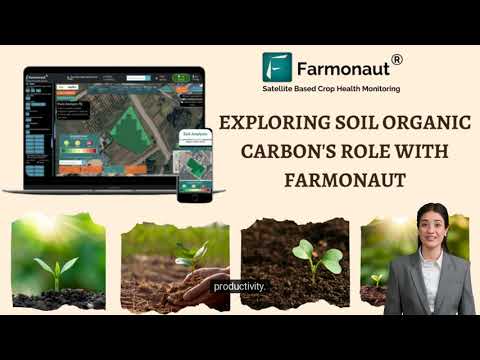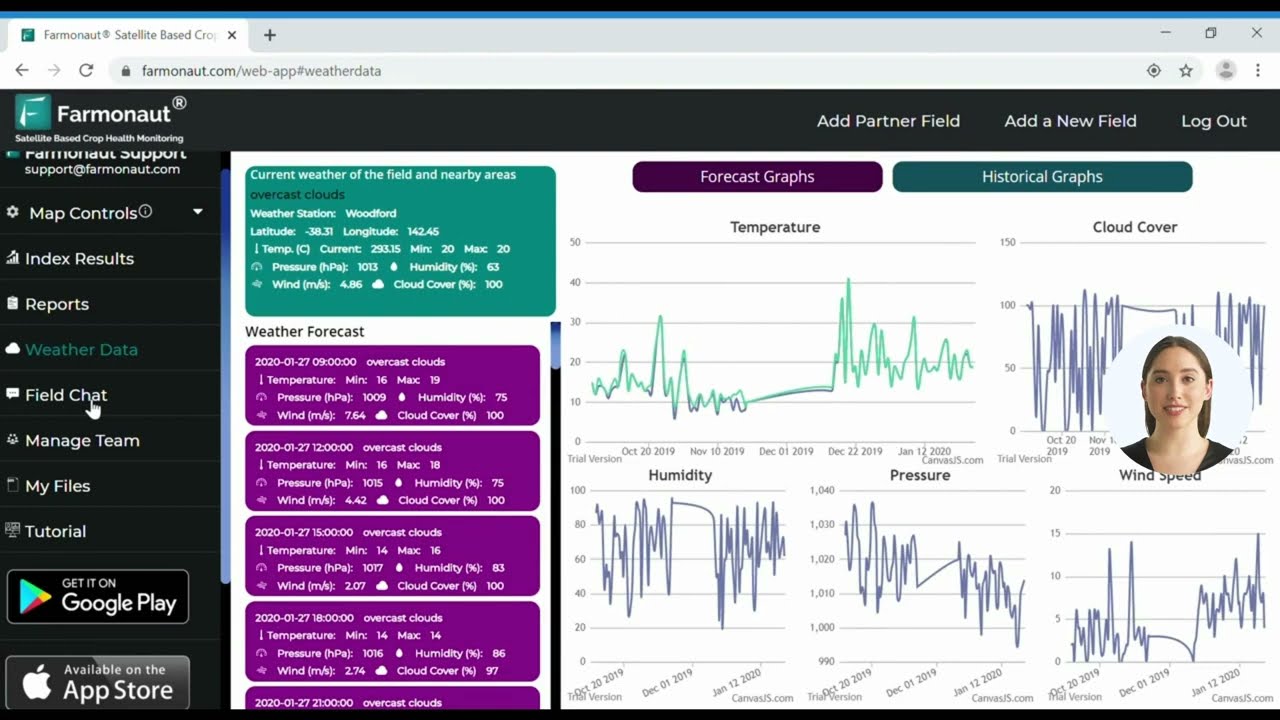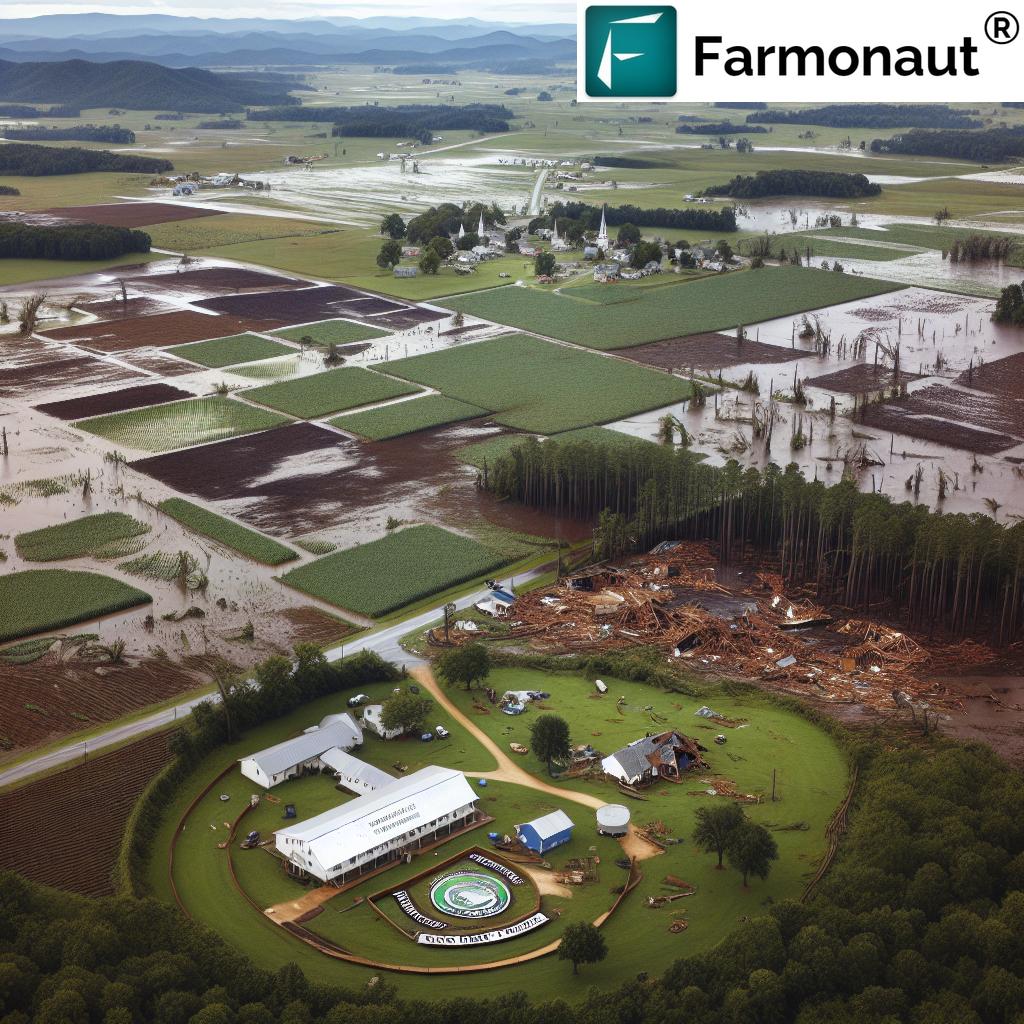Sustainable Farming in New York’s Black Dirt Region: Resilient Practices for Fertile Soil and Crop Diversity
“The Black Dirt Region farmers cultivate over 40 vegetable crops on 150 acres of nutrient-rich soil.”
In the heart of New York’s agricultural landscape lies a hidden gem known as the Black Dirt Region. This fertile expanse of land has been the lifeblood of farming communities for generations, with its rich, dark soil nurturing a diverse array of crops. Today, we’ll delve into the sustainable farming practices that have transformed this region into a model of resilience and innovation in the face of modern agricultural challenges.
The Legacy of the Black Dirt Region
The Black Dirt Region, aptly named for its distinctive soil, is a testament to the power of nature and human ingenuity. This area, once a glacial lake bed, has been cultivated for centuries, with each generation of farmers adding to its storied history. The soil here is unlike any other in North America, boasting an extraordinary level of fertility that has made it a prime location for vegetable farming.

We’ve witnessed the evolution of farming practices in this region, from traditional methods to the cutting-edge sustainable techniques employed today. The transformation has been nothing short of remarkable, with fourth-generation farmers leading the charge in implementing innovative crop management strategies that not only preserve the land but also enhance its productivity.
Embracing Sustainable Farming Practices
At the core of the Black Dirt Region’s success is a commitment to sustainable farming practices. These methods are designed to maintain soil health, promote biodiversity, and ensure long-term viability of the land. Let’s explore some of the key practices that have revolutionized farming in this area:
- Crop Rotation: Farmers in the region have adopted sophisticated crop rotation systems, cycling through various vegetables to prevent soil depletion and reduce pest pressures.
- Cover Cropping: The use of cover crops between growing seasons helps to prevent erosion, improve soil structure, and increase organic matter content.
- Minimal Tillage: By reducing the amount of soil disturbance, farmers are preserving soil structure and promoting beneficial microbial activity.
- Integrated Pest Management (IPM): This approach combines biological, cultural, and chemical methods to manage pests while minimizing environmental impact.
These practices have not only improved the health of the soil but have also contributed to the remarkable diversity of crops grown in the region. From the iconic black dirt onions to a wide array of vegetables including radishes, carrots, and eggplants, the Black Dirt Region has become a cornucopia of fresh produce.
The Morgiewicz Family: Stewards of the Land
One family that exemplifies the resilience and innovation of the Black Dirt Region is the Morgiewicz family. As fourth-generation farmers, they have deep roots in the area and a profound understanding of its unique ecosystem. Their 150-acre farm is a showcase of sustainable agriculture, where they cultivate over 40 different vegetable crops.
The Morgiewicz family’s approach to farming is a blend of time-honored traditions and modern agricultural science. They’ve embraced urban agriculture solutions, adapting their practices to meet the demands of nearby metropolitan areas while maintaining the integrity of their rural farmstead.
Their success is a testament to the power of sustainable farming practices in creating a thriving agricultural business. By focusing on soil health and crop diversity, they’ve built a resilient operation that can withstand challenges such as extreme weather events and market fluctuations.
Overcoming Challenges: The Hurricane Irene Experience
“Fourth-generation farmers in New York’s Black Dirt Region have adapted their practices to overcome challenges like Hurricane Irene.”
The resilience of Black Dirt farmers was put to the test in 2011 when Hurricane Irene swept through the region. The storm brought devastating floods that threatened to destroy crops and livelihoods. However, the farmers’ deep understanding of their land and their commitment to sustainable practices helped them recover and rebuild.
In the aftermath of Hurricane Irene, farmers like the Morgiewicz family implemented new strategies to protect their land from future extreme weather events. These included:
- Improved drainage systems to manage excess water
- Erosion control measures to prevent soil loss
- Diversification of crops to spread risk
- Investment in resilient crop varieties
These adaptation strategies have not only helped the farmers recover from past disasters but have also made their operations more robust in the face of ongoing climate challenges.
From Farm to Market: Innovative Distribution Solutions
One of the keys to the success of Black Dirt farmers has been their ability to connect with markets effectively. The proximity to urban centers has allowed them to develop innovative farm-to-market solutions that ensure their fresh produce reaches consumers quickly and efficiently.

We’ve seen a rise in direct-to-consumer sales through farmers’ markets and community-supported agriculture (CSA) programs. These channels allow farmers to build personal relationships with their customers and educate them about sustainable farming practices.
Additionally, many Black Dirt farmers participate in the Farmers’ Market Nutrition Program, which provides fresh, locally grown fruits and vegetables to low-income seniors and WIC participants. This program not only supports local agriculture but also promotes food security and nutrition in vulnerable communities.
The Role of Technology in Modern Farming
As we embrace sustainable farming practices, technology plays an increasingly important role in optimizing agricultural operations. Farmers in the Black Dirt Region are leveraging advanced tools to enhance their decision-making and improve efficiency.
Farmonaut, a leading agricultural technology company, offers satellite-based farm management solutions that are transforming the way farmers monitor and manage their crops. Through its advanced platform, Farmonaut provides real-time insights into crop health, soil moisture levels, and other critical metrics.
Farmers can access Farmonaut’s services through various platforms:
For developers and businesses looking to integrate Farmonaut’s data into their own systems, the company offers an API with comprehensive documentation:
- API: https://sat.farmonaut.com/api
- API Developer Docs: https://farmonaut.com/farmonaut-satellite-weather-api-developer-docs/
Sustainable Farming Practices: A Comparative Look
| Farming Aspect | Traditional Method | Sustainable Practice | Benefits |
|---|---|---|---|
| Soil Management | Heavy tilling | Minimal tillage and cover cropping | Improved soil structure and reduced erosion |
| Crop Diversity | Monoculture | 40+ vegetable crop rotation | Enhanced soil health and pest resistance |
| Water Conservation | Flood irrigation | Drip irrigation and rainwater harvesting | Efficient water use and reduced runoff |
| Pest Control | Heavy pesticide use | Integrated Pest Management (IPM) | Reduced chemical use and preserved biodiversity |
| Market Distribution | Wholesale only | Direct-to-consumer and wholesale mix | Increased profitability and community engagement |
The Future of Farming in the Black Dirt Region
As we look to the future, the Black Dirt Region stands as a beacon of hope for sustainable agriculture. The practices developed and refined here offer valuable lessons for farmers around the world facing similar challenges.
The commitment to soil health, crop diversity, and innovative farming techniques positions the region well to adapt to future climate changes and market demands. By continuing to embrace technology and sustainable practices, Black Dirt farmers are ensuring the longevity of their operations and the health of their communities.
Balancing Urban Development and Farmland Preservation
One of the ongoing challenges for the Black Dirt Region is the pressure of urban development. As nearby cities expand, there’s an increasing need to balance the demands for housing and infrastructure with the preservation of this unique agricultural land.
Local governments and conservation organizations are working together to implement measures that protect farmland while allowing for controlled growth. These efforts include:
- Zoning regulations that prioritize agricultural use
- Conservation easements to permanently protect farmland
- Incentives for sustainable farming practices
- Education programs to raise awareness about the importance of local agriculture
By recognizing the value of the Black Dirt Region not just as an agricultural resource but as a vital part of the local ecosystem and cultural heritage, stakeholders are working to ensure its preservation for future generations.
The Role of Organic Farming in the Black Dirt Region
While not all farms in the Black Dirt Region are certified organic, many have adopted organic or near-organic practices. The rich, fertile soil of the region is particularly well-suited to organic farming methods, which focus on building soil health without the use of synthetic fertilizers or pesticides.
Organic farming in the Black Dirt Region offers several advantages:
- Improved soil structure and water retention
- Higher levels of beneficial soil microorganisms
- Reduced environmental impact
- Premium prices for organic produce
As consumer demand for organic products continues to grow, more Black Dirt farmers are exploring organic certification as a way to diversify their market opportunities and align with sustainable farming principles.
Community Engagement and Education
The success of sustainable farming in the Black Dirt Region isn’t just about agricultural practices; it’s also about engaging with the community and educating the public about the importance of local food systems. Farmers in the region have become ambassadors for sustainable agriculture, hosting farm tours, participating in school programs, and engaging in community events.
These efforts help to:
- Build consumer awareness about sustainable farming practices
- Foster a connection between urban and rural communities
- Encourage support for local agriculture
- Inspire the next generation of farmers and agricultural innovators
By opening their farms to the public and sharing their knowledge, Black Dirt farmers are cultivating not just crops, but a deeper understanding and appreciation for sustainable agriculture.
Conclusion: A Model for Sustainable Agriculture
The Black Dirt Region of New York stands as a shining example of how traditional farming wisdom can be combined with modern sustainable practices to create a resilient and productive agricultural system. From the rich, dark soil to the diverse array of crops, this unique area demonstrates the power of working in harmony with nature.
As we face global challenges such as climate change and food security, the lessons learned from the Black Dirt Region offer valuable insights for farmers and policymakers worldwide. By embracing sustainable practices, leveraging technology, and fostering community connections, we can build a more sustainable and resilient food system for future generations.
The story of the Black Dirt Region is one of resilience, innovation, and stewardship. It’s a testament to the dedication of farmers who understand that their role extends beyond mere food production to include environmental conservation and community building. As we move forward, let us look to this remarkable region for inspiration and guidance in our quest for a more sustainable agricultural future.
Farmonaut Subscriptions
Frequently Asked Questions
Q: What makes the soil in the Black Dirt Region unique?
A: The Black Dirt Region’s soil is exceptionally fertile, composed of organic matter from an ancient glacial lake bed. It’s rich in nutrients and has a high water-holding capacity, making it ideal for vegetable farming.
Q: How do farmers in the Black Dirt Region practice crop rotation?
A: Farmers rotate through over 40 different vegetable crops, alternating between different plant families to maintain soil health, prevent pest buildup, and optimize nutrient use.
Q: What role does technology play in Black Dirt Region farming?
A: Technology like Farmonaut’s satellite-based monitoring systems helps farmers track crop health, soil moisture, and weather patterns, enabling more precise and efficient farm management.
Q: How are Black Dirt farmers addressing climate change?
A: Farmers are implementing adaptation strategies such as improved drainage systems, erosion control measures, and diversifying crops to increase resilience against extreme weather events.
Q: What is the Farmers’ Market Nutrition Program, and how does it benefit Black Dirt farmers?
A: This program provides fresh produce to low-income seniors and WIC participants, supporting local farmers while improving food access for vulnerable communities.



















